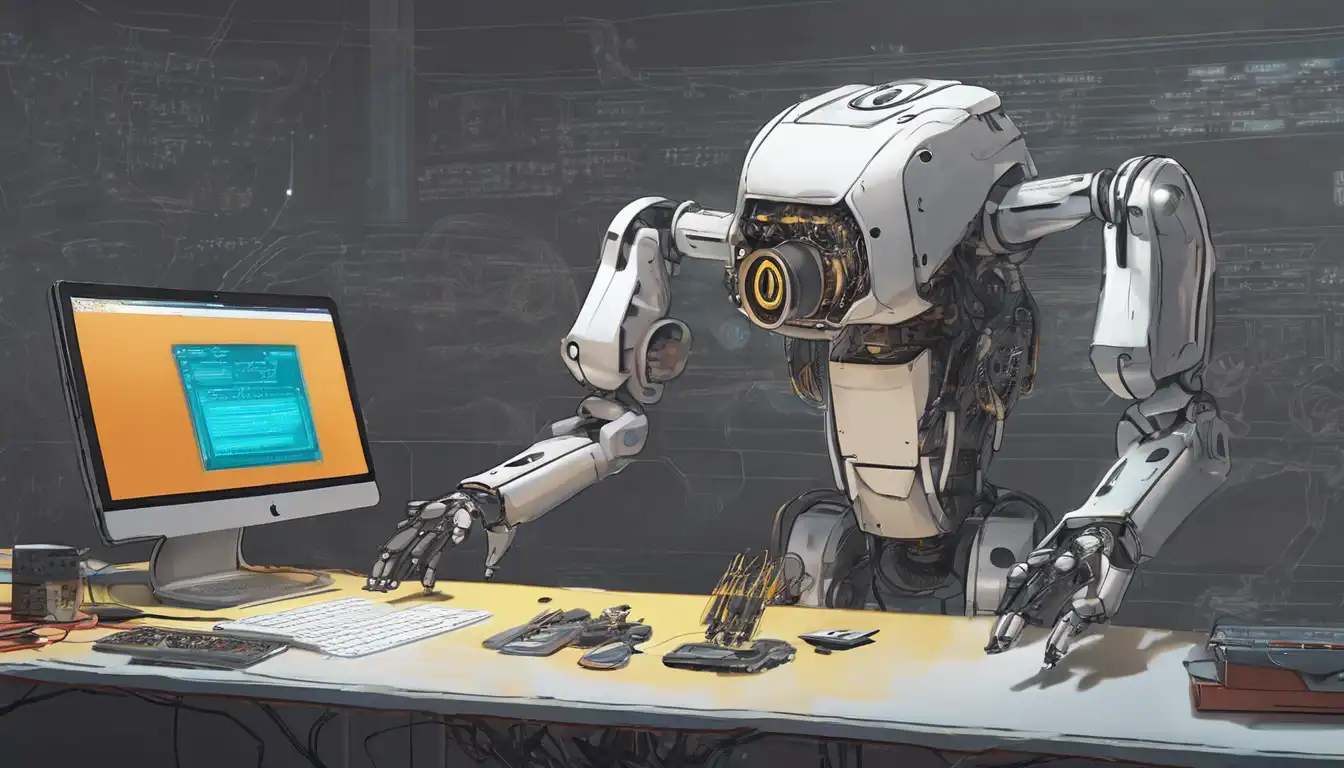Introduction to Robotics Programming
Robotics programming is an exciting field that combines the creativity of design with the precision of coding. Whether you're a hobbyist looking to build your first robot or a professional aiming to automate tasks, understanding the basics of robotics programming is essential. This guide will walk you through the foundational steps to get started in this dynamic field.
Understanding the Basics
Before diving into robotics programming, it's important to grasp the core concepts. Robotics involves the design, construction, operation, and use of robots. Programming these robots requires knowledge of both hardware and software components. Key areas include sensors, actuators, and control systems, all of which are programmed to perform specific tasks.
Choosing the Right Tools and Languages
Selecting the appropriate programming language is crucial for robotics. Popular choices include Python, C++, and ROS (Robot Operating System). Each has its advantages, depending on the complexity of the project and the hardware used. Additionally, tools like Arduino and Raspberry Pi are great for beginners due to their simplicity and extensive community support.
Setting Up Your Development Environment
To start programming robots, you'll need a development environment. This includes the necessary software tools and libraries specific to your chosen programming language and hardware. For instance, if you're using Python, you might need libraries like PyRobot or ROSPy. Setting up a virtual environment can also help manage dependencies and avoid conflicts.
Writing Your First Robotics Program
Begin with a simple project, such as programming a robot to move in a straight line or avoid obstacles. This will help you understand the interaction between software commands and hardware responses. Start by writing basic code to control motors or read sensor data, then gradually increase the complexity of your projects.
Testing and Debugging
Testing is a critical part of robotics programming. Always test your code in a controlled environment before deploying it. Use debugging tools to identify and fix issues in your code. Remember, robotics involves trial and error, so patience and persistence are key.
Exploring Advanced Concepts
Once you're comfortable with the basics, you can explore more advanced topics like machine learning for robotics, computer vision, and autonomous navigation. These areas open up a world of possibilities for creating intelligent and adaptive robots.
Joining the Robotics Community
Robotics is a rapidly evolving field, and being part of a community can be incredibly beneficial. Participate in forums, attend workshops, and contribute to open-source projects. This will not only enhance your skills but also keep you updated on the latest trends and technologies.
Conclusion
Robotics programming is a rewarding journey that blends creativity with technical skills. By starting with the basics, choosing the right tools, and engaging with the community, you can build a solid foundation in this exciting field. Remember, every expert was once a beginner, so take your first step today and explore the endless possibilities of robotics programming.
